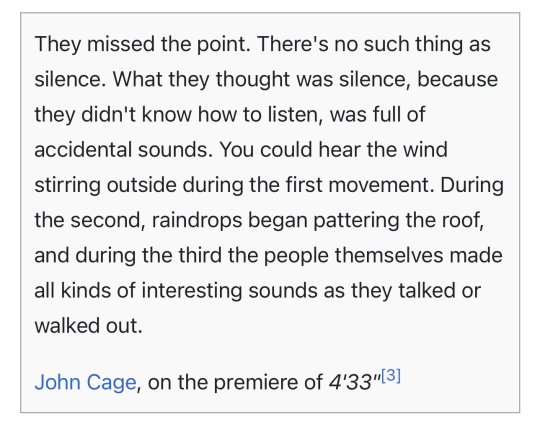Text
.
Attacks from a perceived enemy, no matter how harmful, do not have the same destructive force as attacks from within that violate deep bonds of trust and belonging. Psychologist Jennifer Freyd names this kind of situation, when “trusted and powerful institutions… act in ways that visit harm upon those dependent on them,” as “institutional betrayal.”[16]
Thanks to the initiative of women in the U.S. Senate, the Veterans Administration is now mandated to screen for sexual trauma and to provide services to victims. In a recent study, 22 percent of female veterans and 1 percent of male veterans who responded to screening questions disclosed MST.[17] Disturbing as such figures may be, however, it is not clear that they differ very greatly from those reported by women in the general U.S. population. Though the public still tends to think of trauma mainly in connection with the armed services, in fact, most interpersonal violence occurs in civilian life, most victims are women and children, and most perpetrators are men well known to their victims.
In the most recent nationwide survey, conducted by the Center for Disease Control and Prevention, roughly one in five (19 percent) of women reported having been raped, 22 percent reported severe physical violence by an intimate partner, and 15 percent reported having been stalked. Most of the women were first victimized as adolescents or young adults: roughly four out of five rape victims were under twenty-five, and two out of five were under eighteen.[18] These prevalence figures have changed very little over the past fifteen years.[19] Rape, it appears, is still a common sexual initiation rite for young women in the United States, whether in the military or in civilian life.
The rituals of rape on college campuses have received particular attention in recent years, even gaining notice and concern from the White House.[20] The freshman year, when young women are away from home for the first time and often experimenting with their newfound freedom, seems to be a time of particularly high risk for victimization on campus. For many years now, college students, both women and men, have organized campus demonstrations like “Take Back the Night” to raise awareness of violence against women.
As in the case of the military services, the problem is not that college campuses are especially dangerous places for young women; in fact, rape victimization is even higher among those who do not attend college than among their more privileged sisters.[21] But as in the case of MST, institutional betrayal compounds the harm of sexual assault on college campuses, where victims are humiliated, “slut-shamed,” and often driven to drop out of school while, with rare exceptions, perpetrators are seen to enjoy impunity, as their behavior is tacitly accepted. The campus is theirs.[22]
Institutional betrayal has increasingly become the focus of awareness among survivors of many different forms of trauma. The common theme is the profound breach of trust that occurs when those in positions of authority, by their acts of omission and commission, effectively take the side of the perpetrators in their midst. In these instances, the more the integrity of the institution is compromised, the more it appears that officials will seek to cover up the problem in order to protect the institution’s reputation rather than aiding the victims of abuse.
The most notorious instance of institutional betrayal to be uncovered in the past two decades involved the widespread sexual abuse of children by members of the Catholic priesthood. Reporters at the Boston Phoenix and the Boston Globe first broke the story in 2002, and the Globe Spotlight Team won a Pulitzer Prize that year for their in-depth coverage of the story.[23] As the scandal widened, first to other cities in the United States and then to Europe and South America, it became apparent that the Catholic Church had been harboring and enabling [child molesters] within the clergy for decades.
Numerous survivors came forward to break their bonds of shame and secrecy, organize for change, and seek accountability from the Catholic authorities, supported by members of the faithful who dared to challenge this most authoritarian hierarchy. In Boston, activists demonstrated every Sunday in front of the Holy Cross Cathedral, demanding the resignation of Cardinal Bernard Law, who had overseen the policy of protecting predators for so many years. It caused the cardinal some serious embarrassment, as he was forced to sneak out of his own cathedral each week to avoid the demonstrators. Within a year, he tendered his resignation and was quietly transferred to Rome, where he lives out his days at ease as archpriest of the Basilica of Santa Maria Maggiore, attended by nuns.
Several factors added to the credibility of the survivors of abuse by the Catholic clergy. Most significantly, the Church’s own documents, which the Boston Globe forced it to release under court order, clearly showed how the Church had knowingly protected predators on numerous occasions. Then there were the sheer numbers of survivors—many of whom had been abused by the same perpetrators, as bishops, in managing their dioceses, transferred [child molester] priests from one parish to the next. In addition, many if not most of those who came forward were middle-aged white men who reported being abused by priests when they were young boys. There were also plenty of women survivors of abuse as young girls, although the media did not consider them as “newsworthy.”
The survivors’ stories had a terrible similarity: many came from devout families who held priests in the highest esteem, as representatives of God. Their anguish at their betrayed trust was evident. Many had vainly sought redress from within the Church and had turned to the media or the law only after being met repeatedly with cold indifference.
Individual survivors who had recourse to the law of course had to endure aggressive challenges to their credibility. This was particularly true for those—and there were many—who reported a period of amnesia followed by delayed recall. Many of the same old expert witnesses from twenty years ago were still out there, claiming that “psychological science” (no less) proved that “repressed memories” could not be credible (see Afterword, 1997). However, these “false memory” experts have had increasing difficulty persuading judges and juries, for the scientific consensus has moved toward a better understanding of the memory disturbances of trauma survivors.[24] Advances in neurobiology have documented the effects of trauma on the brain that cause “repressed memories” (the condition more properly called dissociative amnesia). Additional studies have also shown that recovered and continuous memories are equally likely to be accurate.[25]
[17] R. Kimerling, K. Gima, M. W. Smith, A. Street, and S. Frayne, “The Veterans Health Administration and Military Sexual
Trauma,” American Journal of Public Health 97 (2007): 2160–66.
[18] The comparable figures for men were 2 percent, 14 percent, and 6 percent. M. J. Breiding, S. G. Smith, K. C. Basile et al.,
“Prevalence and Characteristics of Sexual Violence, Stalking, and Intimate Partner Violence Victimization—National
Intimate Partner and Sexual Violence Survey, United States, 2011,” Center for Disease Control and Prevention: Morbidity
and Mortality Weekly Report (MMWR), September 5, 2014.
[20] P. Tjaden and N. Thoennes, Prevalence, Incidence, and Consequences of Violence Against Women: Findings From the
National Violence Against Women Survey (Washington, DC: U.S. Department of Justice, 1998).
[21] Presidential Memorandum, “It’s On Us” Initiative: September 19, 2014. White House Council on Women and Girls,
www.whitehouse.gov/blog.
[22] S. Sinozich and L. Langton, Special Report: Rape and Sexual Assault Victimization Among College-Age Females, 1995–
2013 (Washington, DC: U.S. Department of Justice, 2014), Bureau of Justice Statistics, NCJ248471.
[23] In one of the rare instances in which college officials did notify police, leading to eventual trial and conviction of members
of the football team for the gang rape of an unconscious woman, the perpetrators were so confident of their entitlement that
three participants recorded the rapes on their phones, and the ringleader could be seen laughing, handing out condoms, and
encouraging his teammates to join in. See A. Blinder and R. Perez-Pena, “Vanderbilt Rape Convictions Stir Dismay and
Denial,” New York Times, January 28, 2015.
[24] Investigative Staff of the Boston Globe, Betrayal: The Crisis in the Catholic Church (New York: Little, Brown, 2002).
[25] My colleague Frank Putnam, a professor of both psychiatry and pediatrics, notes that a similar group of “usual suspects”
can be counted upon to dispute instances of physical child abuse. To account for evidence such as multiple fractures of
different ages seen on X-ray, these “experts” cite a fictitious syndrome called “Temporary Brittle Bone Disease.” When it
comes to issues of child abuse, the level of persistent social denial often staggers the imagination. F. W. Putnam, personal
communication with author, November 4, 2014.
— Trauma and Recovery
#repost of someone else’s content#book#currently reading#trauma and recovery#judith herman#patriarchy#misogyny#rape#rape culture#child abuse#CSA#Catholic Church
1 note
·
View note
Text
it really is so uncomfortable being a trans man in cis centric conversations of feminism. I just wonder. do they know about people like me? do they care? if I brought it up to them, how would they react? Do they expect me to be their human shield?
#it hardly seems like reasonable feminist rhetoric on the surface either#it’s just blatantly transphobic and misgendering
5K notes
·
View notes
Text

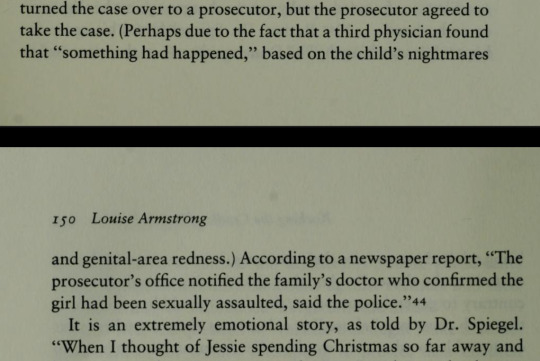

for the next time some MRA (or un-self-aware person with essentially MRA beliefs) claims that cishet men ~aren't allowed to show emotions!!!~ (on the basis of their gender/position within patriarchy) while women somehow are celebrated for showing their emotions
#repost of someone else’s content#book#louise armstrong#rocking the cradle of sexual politics#CSA#patriarchy#misogyny#parental abuse#paternal abuse#CSA cw#family court#CSA culture#parental rights#‘parental rights’ movement#fathers’ rights movement#adultism#currently reading
2 notes
·
View notes
Text


1 note
·
View note
Text
TIL that Richard A. Gardner was a clinical professor of child psychiatry at Columbia University from 1963-2003
1 note
·
View note
Text



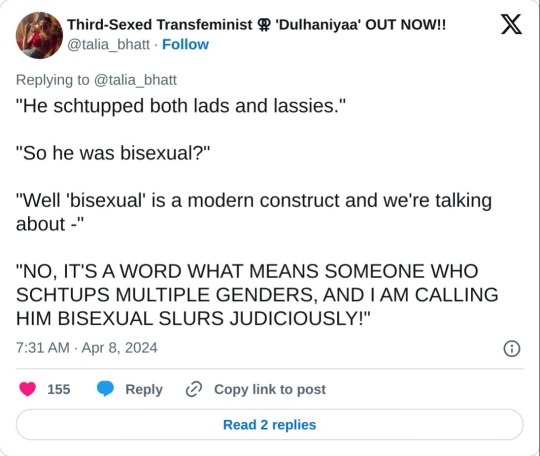

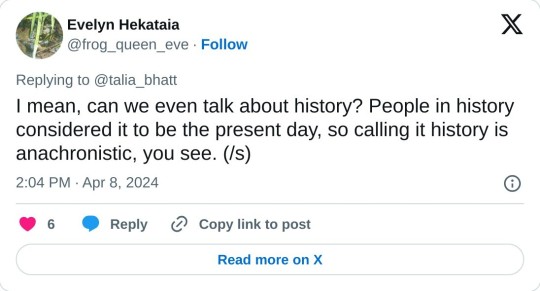
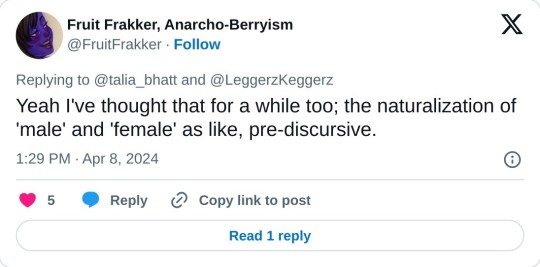

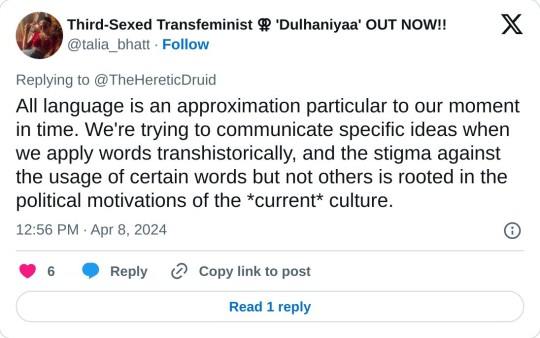

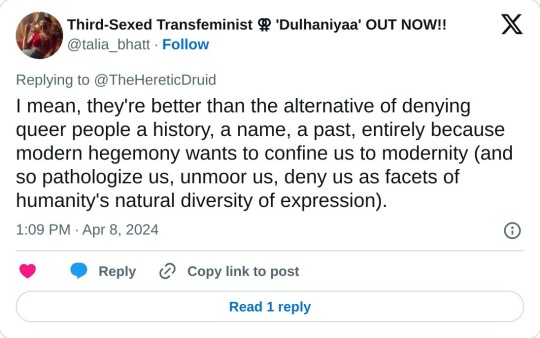

[set of arguments relevant to the subject; see also my post dissecting some of the problematic arguments in OP’s replies]
(note: I’m an Asian transgender person, so not A White Westerner (although I am currently living in the West), so hopefully this might further defuse the notion that we’re a monolith who uniformly believe in the relativist viewpoint, or that the only people arguing against third-gendering trans women are saviors without the “proper” race-card-based “right” to speak on the subject.)
I would really recommend rethinking your position here. If you actually looked through the notes, you’d see extensive discussion of why the above arguments are wrong, more hijra identify as trans women and would prefer that to be the default label than this above thread seems to imply, and examples of Indian trans women arguing that the above line of thinking actually recapitulates Orientalism.
This is because the term trans, nonbinary, and gender non-conforming are Western terms. Most Indians who use these terms for themselves are either immigrants or are wealthy enough to have studied in Western schools.
(Note: this does not mean that BEING what a Westerner would call trans, nonbinary, or gender non-conforming is a Western construct. Just about every culture in history has had people who did not fall into what we think of as standard binaries. But the terms themselves are Western, and therefore rarely used by those who have not heavily been influenced by Western culture.)
I feel like something you may be overlooking is—of course these terms are “Western,” because they are in English? It seems unfair to judge the term “trans,” for example, as “more Western” than the term “hijra” in such a context, because it’s like comparing apples to oranges: one is from one language and the other is from a different language. This is the whole point of translation: to try your best to use the words your language has to pair with the words another language has. Of course they’re not going to be exactly the same unless you decline to translate and just transliterate the other language’s word and rely on describing further. If someone is using the word “trans” for themself, then that just means they know English (or another similar language which uses those four letters for that word specifically). Those are not fair grounds to imply that nobody else just uses a translatable term or set of terms to denote having a different gender than the one they were assigned by assumptions based on dualist natal biology, and the accompanying social positionality.
It’s true that linguistically, Western imperialism has also imposed a disproportionate epistemic power imbalance where many non-English languages borrow words from or have adapted words from ones from English while the other way around doesn’t happen anywhere nearly as much, and this shows up in how non-Western trans/gender-variant people may adopt Western-built frameworks more readily when searching for a label. But that doesn’t mean understanding oneself as “trans” in some way is necessarily a more “privileged” thing (I would be very careful around applying such generalizations, as they flow from very popular, very detrimental transphobic tropes). Because the West often is able to appear more “progressive” or faster at improving rights for minorities because of white privilege granting more power even to white people experiencing marginalizations to do their activism and expand the scope of their projects, and to promote their activism to others and have others hear them. (Though this also often relies on liberation struggles in non-Western areas being erased, despite their contributions.) But perhaps, instead, these concepts are more general things that could reasonably apply to others because they’re simply describing an experience that people regardless of culture can experience, so others might simply see themselves in them because it’s true? That wouldn’t be a bad thing, and would not be “imperialism” (“internalized imperialism”?); the idea of transness shouldn’t be bound to Western-ness. It’s not the same as a concept like “hijra”; “trans” isn’t a historically-specific culturally closed identity.
Once again, if “trans woman,” “trans,” “nonbinary,” or “gender non-conforming” are necessarily “Western” terms in some way, then why wouldn’t the terms “woman,” “man,” “male” “female”—or for that matter “gender”—also be “Western” and problematic to use as a default descriptor for people in any other culture when speaking in English? Why is it considered reasonable to automatically call Indian cis women women without any further deep investigation, but Very Controversial and Problematic to allow for the same with a category of likely trans women? Why is “woman” a cross-culturally self-evident accurately applicable term for cis women but not trans women? The disproportionate, way overboard mystification(tm) of non-Western transfemininity and non-cis gender roles is bordering on exoticization of the same kind that the more traditional Orientalism was based on.
At some point, white trans allies have got to choose. It’s not enough to just nod every time the kind of non-white relativist who shuts down liberatory practices as White/Western starts chastising any transfeminists with reasonable proposals as “white,” because they do implicitly rely on white people to have white guilt about contradicting them and on us to feel guilty about race- or culture-traitorism or self-tokenization in contradicting them, but being wrong is still being wrong and multiple arguments above follow tried-and-true tropes that have historically proved especially harmful to trans/non-cis people in non-white and non-Western communities. Hardly anyone listens to non-Western transfeminists with the more radical viewpoint in the first place, so who is really the most suppressed and marginalized here?
I'm so glad that y'all are so into Monkey Man and the badass hijra priestess army, but friendly reminder that hijra are NOT trans women. Hijra are their own distinct gender; trans women are women. India has both :)
9K notes
·
View notes
Text

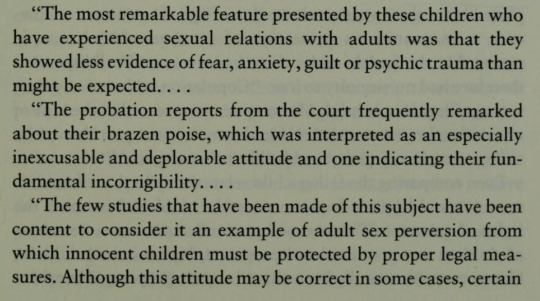
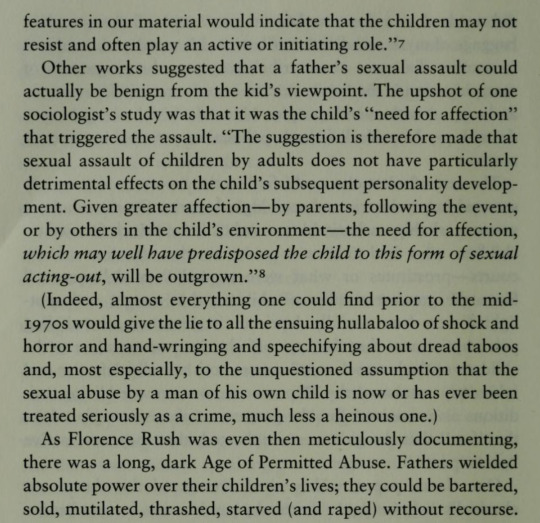


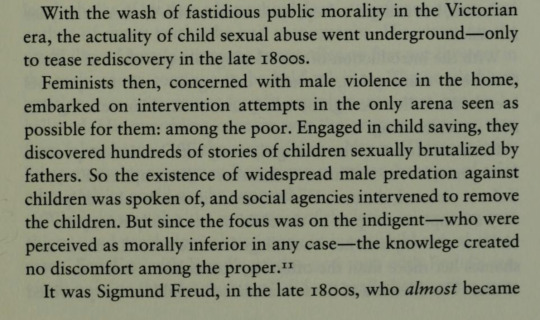

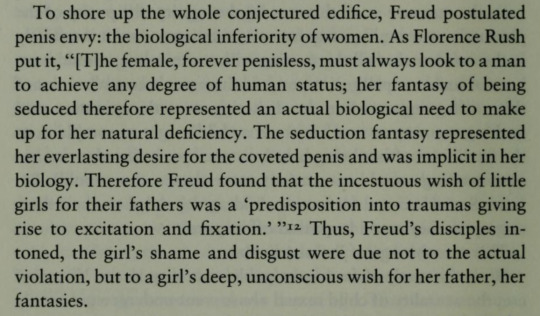

#repost of someone else’s content#book#history#CSA#patriarchy#adultism#misogyny#CSA culture#rape culture#CSA cw#CSA apologia#child abuse#age of consent#anti-contact#currently reading#louise armstrong#rocking the cradle of sexual politics
0 notes
Text
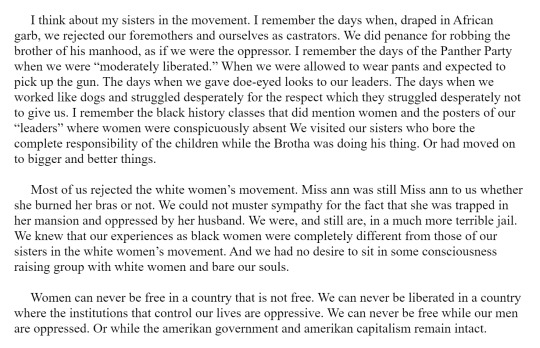

…
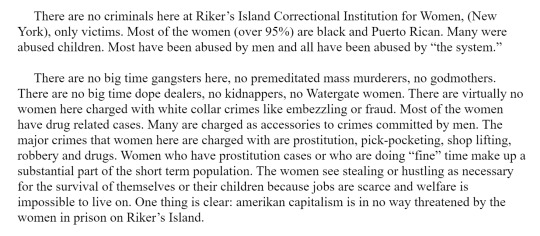
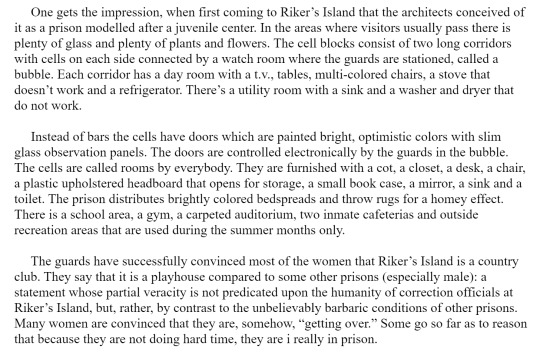


…

…
3 notes
·
View notes
Text

…




…

…
#repost of someone else’s content#assata shakur#antiblackness#misogynoir#prison#(adultism as foundational; fundamentals of abuse culture; childing of oppressed adults; intersections; etc.)#ageism#adultism#infantilization#child abuse mention#abuse#abuse cw#assault cw
3 notes
·
View notes
Text
#repost of someone else’s content#article#palestine#free palestine#colonialism#imperialism#racism#occupation#genocide#violence against children#youth oppression#adultism#children’s rights#youthlib#youth liberation#important
0 notes
Text
#like i can't with tiktokers sometimes #like really? serial unaliver #first off... unaliver can't be a word...can it? #and serial killer is a well known terminology #tik tok makes me not want to read some books
On TikTok, people use euphemisms to get around keyword bans/censorship on the site. It’s not entirely voluntary.

serial unaliver takes me out every fucking time
13K notes
·
View notes
Text
[image ID: a meme using the “Patrick Star’s Wallet” format from SpongeBob with the following captions:
[Man Ray]: Butch women sometimes pass as men, but always experience misogyny bc of their masc presentation
[Patrick]: Yeah
[Man Ray]: Trans men frequently do not pass in all situations, and are frequently mistaken for butch women
[Patrick]: Of course
[Man Ray]: This is, in either case, misogynistic violence towards a marginalized group
[Patrick]: Yeah
[Man Ray]: So you agree, trans men experience misogynistic violence for their masculinity?
[Patrick]: Transmisandry isn’t real you’re just an MRA
/end image ID]
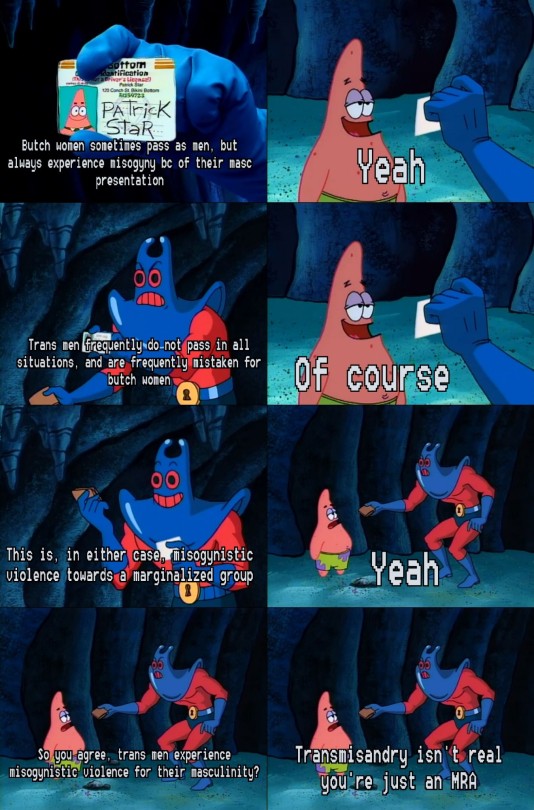
Some of y'all stg
1K notes
·
View notes
Text
Many feminists when analyzing patriarchy have pointed out that women are a class and women married to rich men are of a distinct class position from their husbands, because patriarchy mediates how much of capitalist power they can actually access and they’re still regarded as property of the husband in many ways. The same goes for children who are also an oppressed class under patriarchy and regarded as property of the patriarch. It doesn’t mean they have no class privilege, just that their class privilege is not the same kind as the wealthy patriarch’s and their access is more conditional. A revolutionary analysis would not deny that adultism oppresses more privileged children too; we should truthfully acknowledge what they experience while still centering the most marginalized children experiencing abuse. That still doesn’t mean we have to actively cater to rich kids if they’re classist and would rather keep oppressing those below them than support what would liberate themselves too. This is why intersectionality is important.
As a kid, when your parents are poor, you're poor. If they don't have money, that means none of you have money. But if someone's parents are rich, that doesn't necessarily mean the kid is. Sometimes rich peoples' kids aren't rich kids, they're just some rich freak's exotic pets that can talk but aren't allowed to.
34K notes
·
View notes
Text
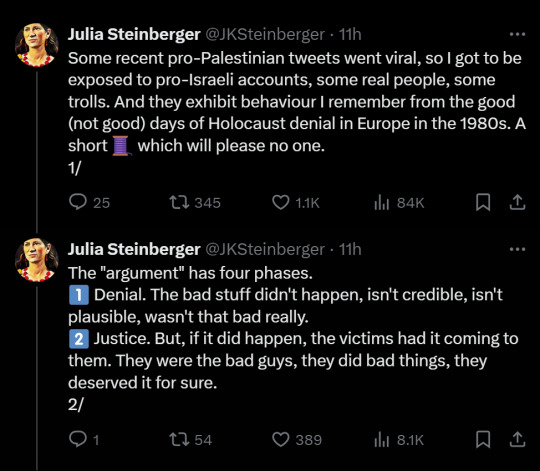


#repost of someone else’s content#twitter repost#denial and justification are different phases of the same argument by the same people#genocide#racism#antisemitism#Islamophobia
3 notes
·
View notes
Text
I don't see people talking about this so today is the 110th anniversary of the Triangle Shirtwaist Factory fire, in where the factory owners locked working women and girls inside to "eliminate the risk of theft" (in reality it was too keep them from taking breaks), which resulted in the gruesome deaths of 123 mostly immigrant women and girls and 23 men, many of whom jumped to their deaths from the ninth floor either in a panicked attempt to escape or in order to die quickly. There were reports that some of the workers were on fire already as they jumped.
The eighth floor of the building was able to telephone the tenth floor to warn them about the fire, but the factory on the ninth floor where these women and girls labored had no such communication and such warning.
The factory owners were criminally charged with manslaughter for actions that contributed to the mass deaths but acquitted. However, this tragedy led to mass sympathy to the labor movement, and unions spurred on safety regulations that passed in New York state and eventually the entire country, and activists were able to reduce child labor in the process.
This tragedy is a reminder that has been forgotten in the 110 years since: every safety regulation-- every scrap of paperwork contributing to the hundreds of pages of red tape people like to complain about--every word of it was written in the blood of a laborer.
58K notes
·
View notes



